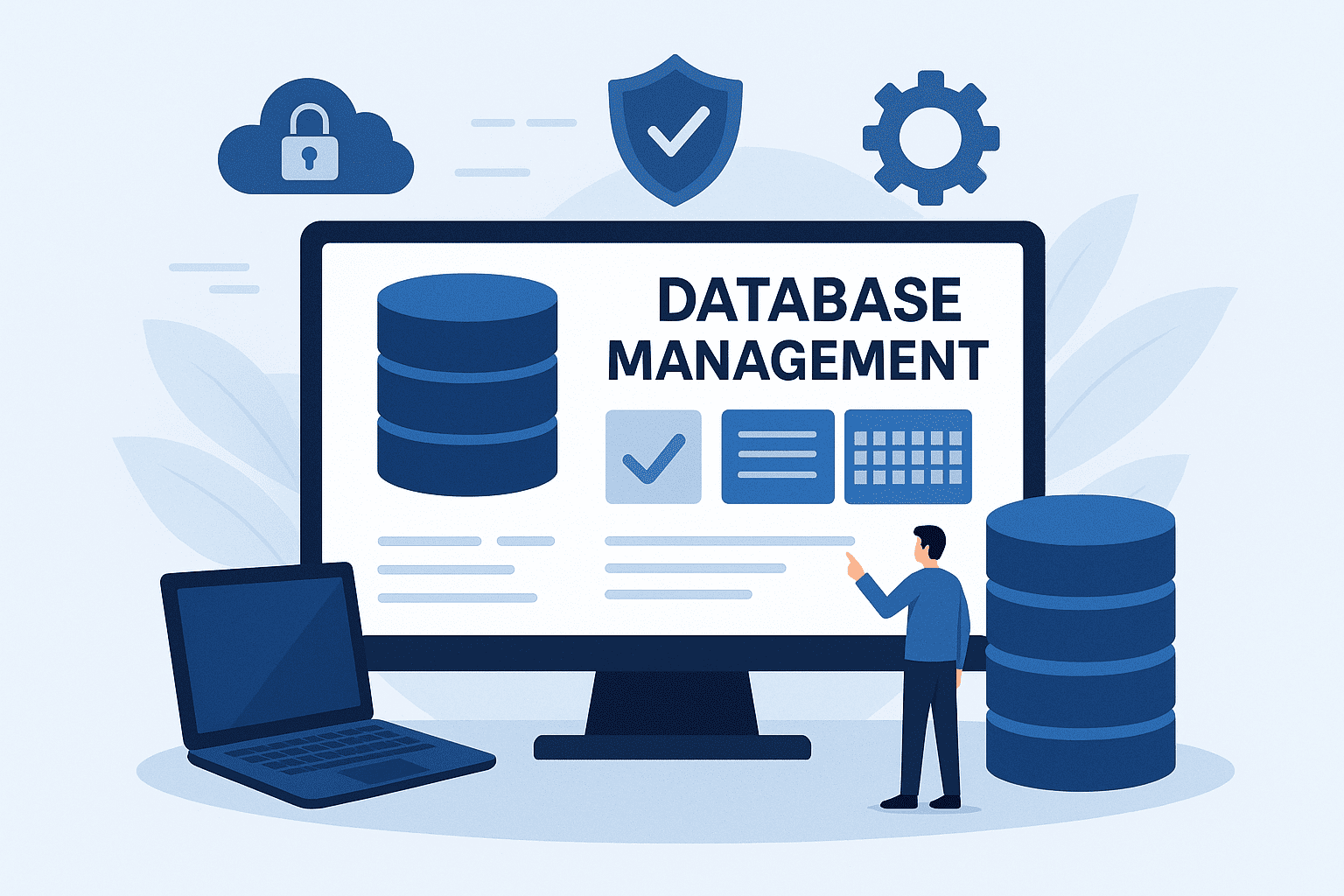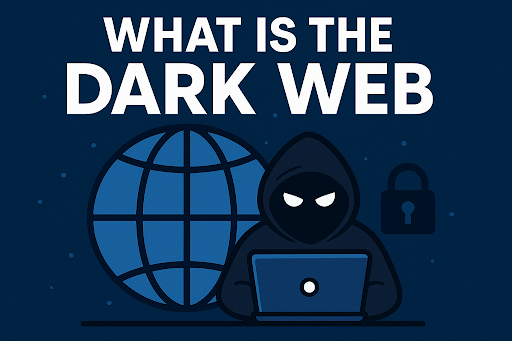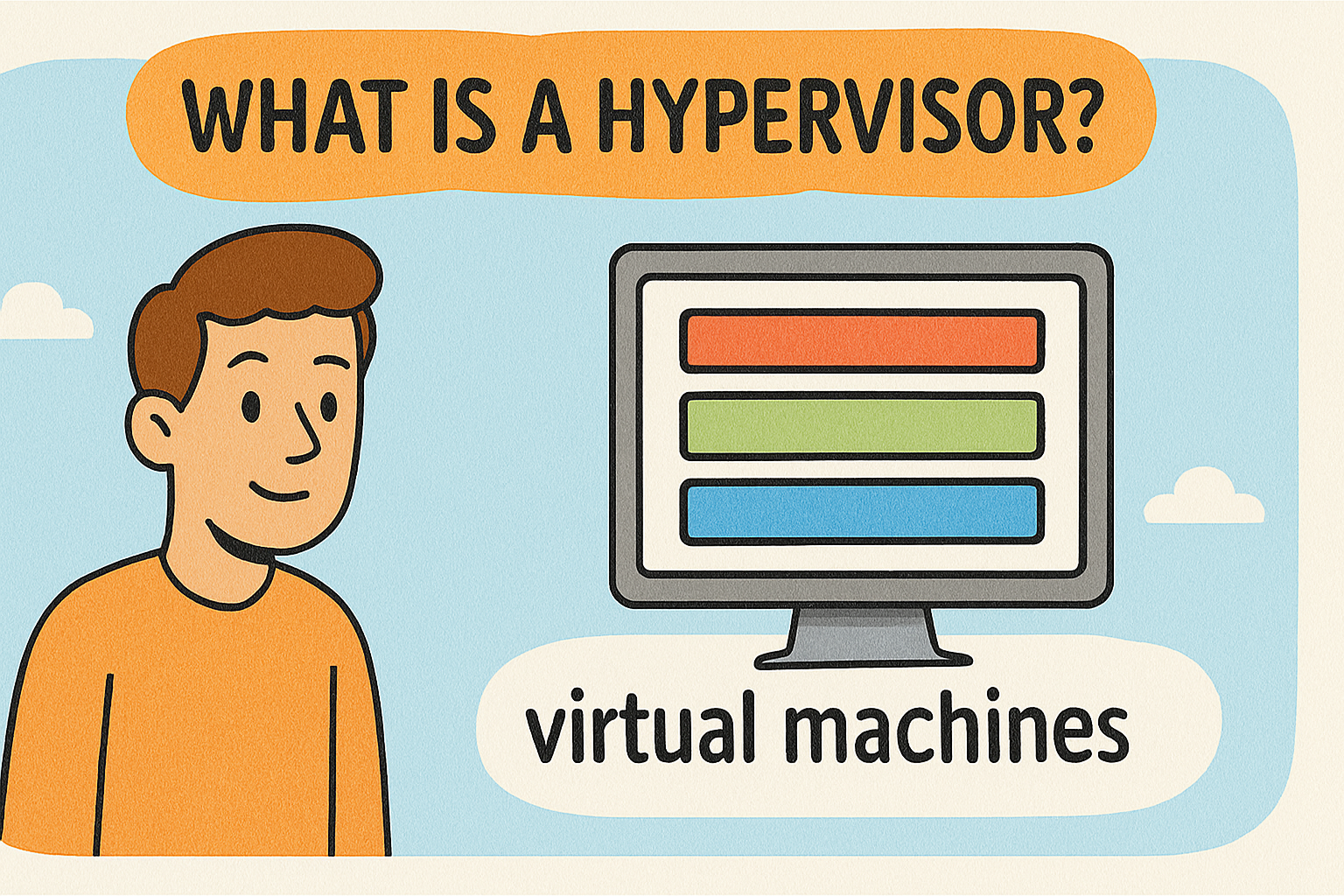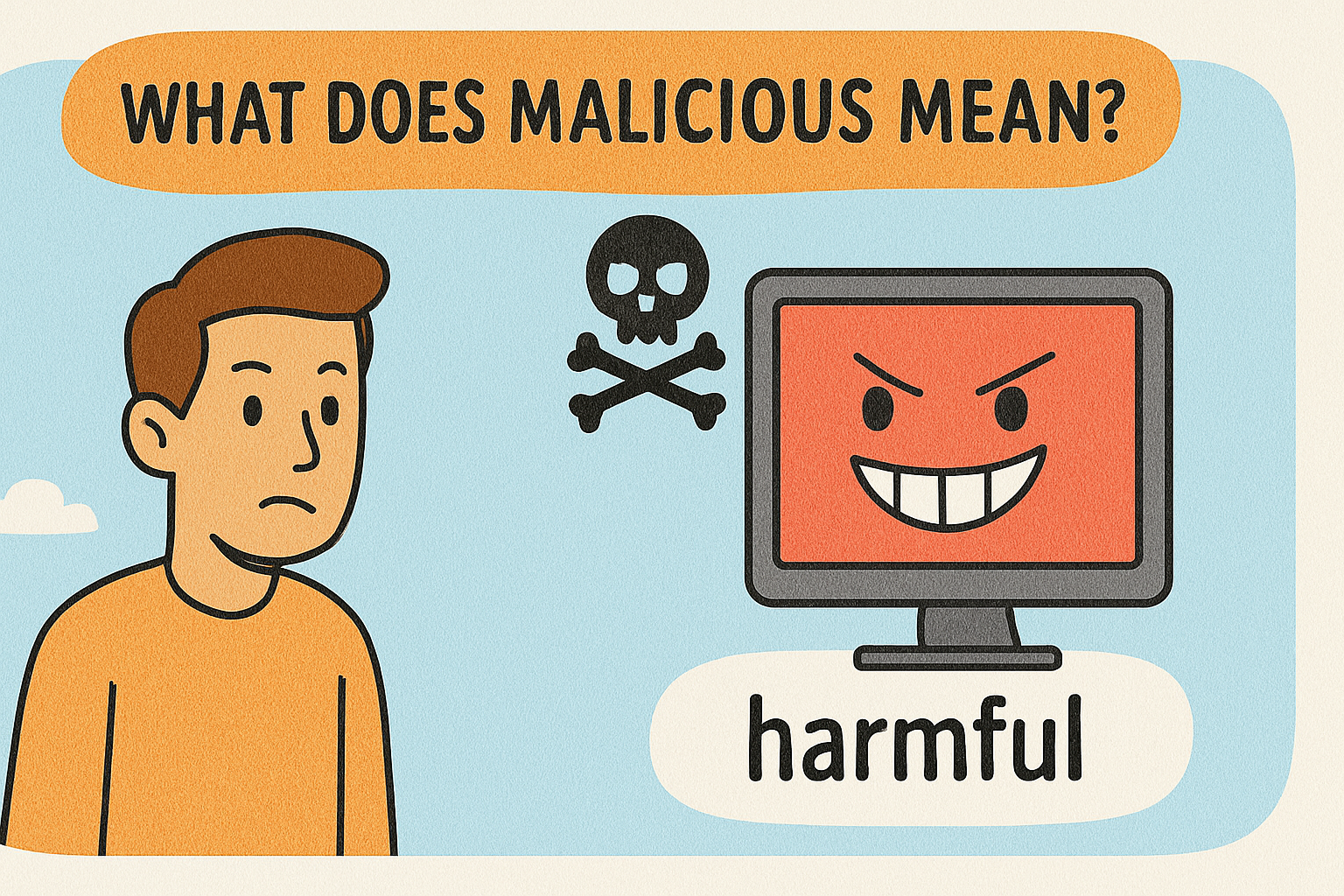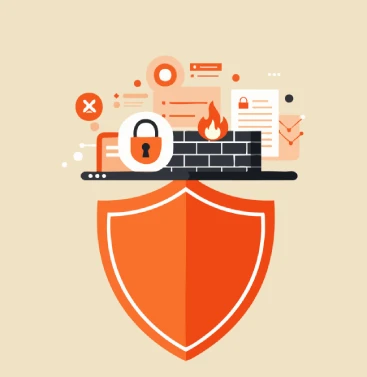What Is Phishing in Cyber Security? Understanding the Threat and How to Prevent It
Updated on July 14, 2025, by Xcitium
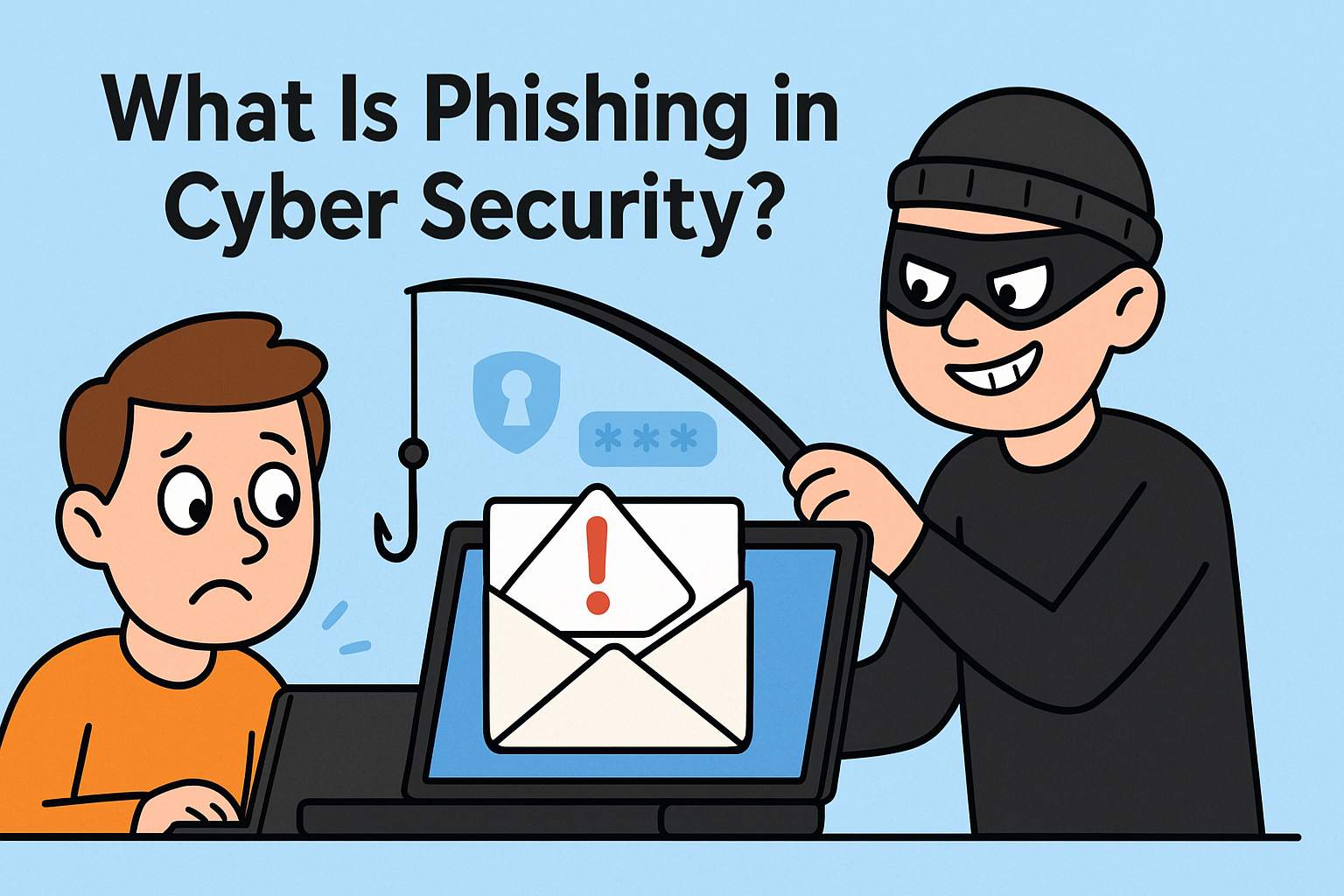
In today’s digital age, cyber threats are more prevalent than ever. Among these, phishing stands out as one of the most deceptive and damaging tactics used by cybercriminals. But what is phishing in cyber security, and how can individuals and organizations protect themselves?
Phishing is a form of cyber attack where attackers masquerade as trustworthy entities to deceive individuals into revealing sensitive information, such as login credentials, credit card numbers, or personal data. These attacks exploit human psychology rather than technical vulnerabilities, making them particularly insidious.
Understanding Phishing in Cyber Security
Phishing involves fraudulent communication, typically via email, that appears to come from a reputable source. The goal is to trick recipients into clicking malicious links, downloading malware, or providing confidential information. This form of social engineering preys on trust and urgency, often leading to significant data breaches and financial losses.
Types of Phishing in Cyber Security
Phishing attacks come in various forms, each tailored to exploit specific vulnerabilities. Understanding these can help in recognizing and preventing them.
1. Email Phishing
The most common type, where attackers send mass emails posing as legitimate institutions, urging recipients to click on malicious links or attachments.
2. Spear Phishing
A targeted attack focusing on a specific individual or organization. Attackers gather personal information to craft convincing messages. For instance, an employee might receive an email appearing to be from their CEO, requesting sensitive data.
3. Whaling
A form of spear phishing targeting high-profile individuals like CEOs or CFOs. These attacks often involve fake legal subpoenas or executive requests.
4. Vishing (Voice Phishing)
Attackers use phone calls to impersonate legitimate organizations, persuading victims to disclose personal information.
5. Smishing (SMS Phishing)
Phishing attempts conducted via SMS messages, often containing malicious links or prompts for personal information.
6. Clone Phishing
Attackers create a nearly identical replica of a legitimate email, replacing links or attachments with malicious ones.
7. Pharming
Redirects users from legitimate websites to fraudulent ones without their knowledge, often exploiting DNS vulnerabilities.
Phishing in Cyber Security with Examples
To illustrate the real-world impact of phishing, consider the following examples:
- Business Email Compromise (BEC): An attacker impersonates a company’s executive, requesting urgent wire transfers.
- Credential Harvesting: Fake login pages mimic legitimate services, capturing usernames and passwords.
- Malware Distribution: Emails with infected attachments install malware upon opening, compromising systems.
These examples underscore the importance of vigilance and robust security measures.
Preventing Phishing Attacks
Mitigating phishing threats requires a combination of user awareness and technical safeguards:
- Educate Employees: Regular training sessions on identifying phishing attempts can reduce susceptibility.
- Implement Multi-Factor Authentication (MFA): Adds an extra layer of security beyond just passwords.
- Use Email Filtering Solutions: Advanced filters can detect and quarantine suspicious emails.
- Regular Software Updates: Keeping systems updated patches known vulnerabilities.
- Verify Requests: Encourage verification of unexpected requests, especially those involving sensitive data or financial transactions.
The Role of Spear Phishing in Cyber Security
Spear phishing is particularly dangerous due to its targeted nature. Attackers research their victims, crafting personalized messages that are harder to detect. For example, an employee might receive an email that appears to be from their supervisor, complete with relevant project details, making the deception more convincing.
To combat spear phishing:
- Limit Public Information: Be cautious about the amount of personal and company information shared online.
- Use Digital Signatures: Authenticates the sender’s identity, helping recipients verify legitimacy.
- Monitor for Anomalies: Implement systems that detect unusual communication patterns.
Conclusion: Staying Ahead of Phishing Threats
Phishing remains a pervasive threat in the cyber landscape. Understanding what phishing is in cyber security, recognizing its various forms, and implementing preventive measures are crucial steps in safeguarding personal and organizational data.
For businesses seeking advanced protection against phishing and other cyber threats, consider exploring comprehensive security solutions.
👉 Request a Free Demo from Xcitium
FAQs on Phishing in Cyber Security
Q1: What is phishing in cyber security?
A: Phishing is a cyber attack technique where attackers impersonate legitimate entities to deceive individuals into revealing sensitive information.
Q2: How can I identify a phishing email?
A: Look for generic greetings, urgent language, unexpected attachments, and mismatched URLs. Always verify the sender’s identity
Q3: What should I do if I suspect a phishing attempt?
A: Do not click on any links or attachments. Report the email to your IT department or email provider and delete it immediately.
Q4: How does spear phishing differ from regular phishing?
A: Spear phishing targets specific individuals with personalized messages, making it more deceptive than generic phishing attacks.
Q5: Can antivirus software prevent phishing attacks?
A: While antivirus software can detect and block some phishing attempts, user awareness and caution are equally important in prevention.



